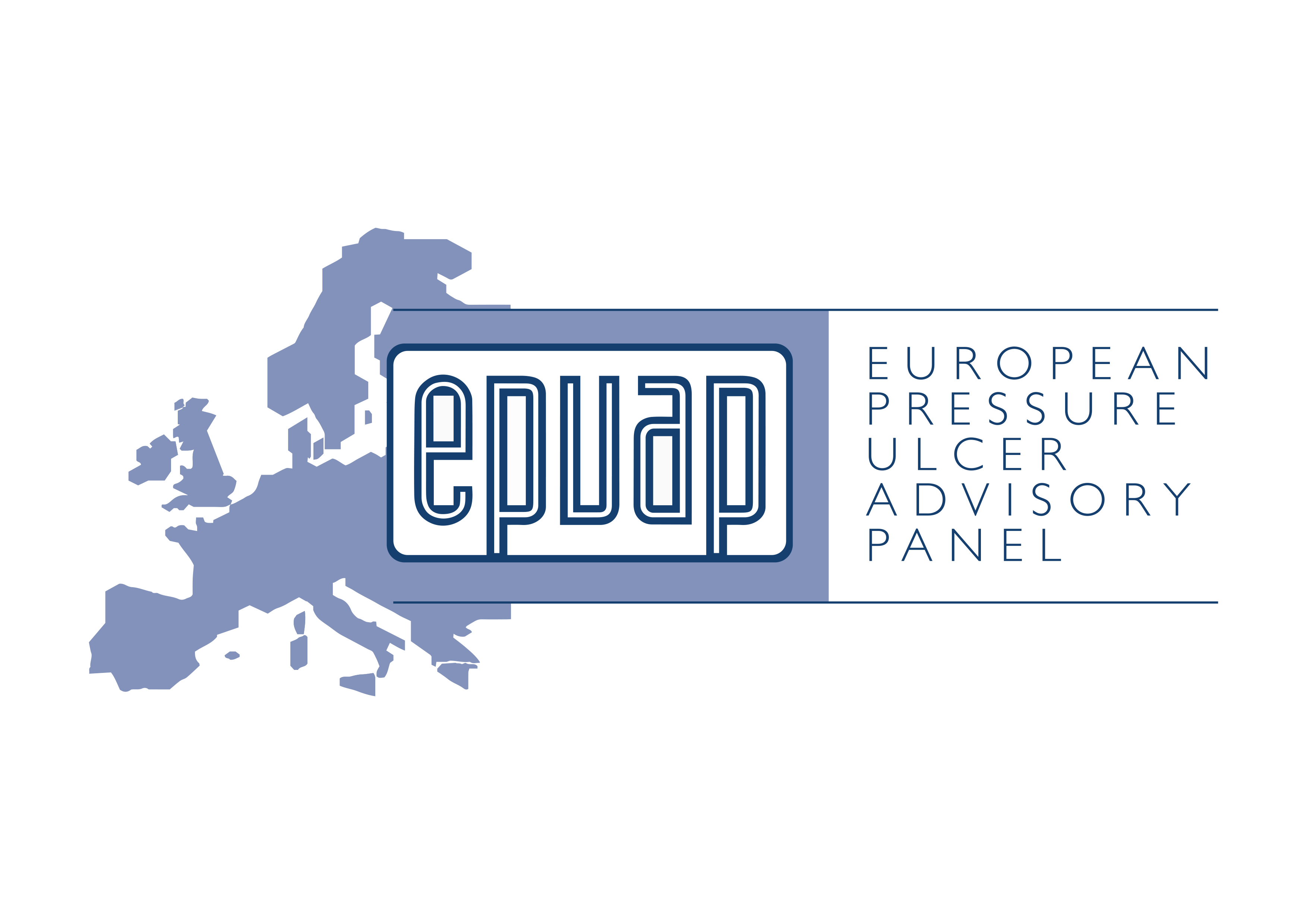EPUAP 2024 Workshops
Due to the limited capacity of workshops, we recommend booking a place via pre-registration.
Organizer: Jan Kottner (Germany)
Date: 25 September 2024
Time: 10:50–12:05
Location: Room 1/Garden level
The publication of research results in international scientific journals is the cornerstone of scientific communication. The major goal is to share the results with the scientific community and to make results available for all other users. In order to increase the ease of reading, to advance knowledge and to promote knowledge dissemination, scientific publication must follow quality standards. These standards include key principles of manuscript structure but they also depend on the scientific discipline (e.g. social vs. biomedical sciences) and on the type of research. Reporting of a clinical trial is different from reporting a diagnostic accuracy study or qualitative research. Finally, journal requirements also need to be taken into account and the journal should be chosen carefully. The aim of this workshop is to introduce basics about manuscript preparation, submission, revision, and publication. The main focus of this workshop is on epidemiological, clinical research, and systematic reviews, but it is useful for basic scientists as well. It will be interactive with time for questions and group discussion.
Requirements for participation: Laptop with internet access.
Organizers: Lucie Charbonneau (Switzerland), Camilla Sorensen (Denmark), Amit Gefen (Israel)
Date: 26 September 2024
Time: 17:00–18:00
Location: Room 4/Garden level
Through bioengineering theoretical and experimental inputs, clinical cases and shared discussion with the participants, we will look into how dressings are currently evaluated in laboratory testing for predicting their clinical performance. We will briefly recall the fundamentals of wound care, wound assessment, wound healing stages and factors influencing wound healing. We will explore and discuss the different types of wound dressings available, the indications, contraindications, and appropriate uses of various dressings. The discussions will include the wound characteristics, exudate levels and patient preferences such as both compliance and skin objectives.
Introduction from the bioengineering perspective:
The contemporary bioengineering theory and practice of evaluating the performance of dressings in laboratory settings will be discussed, with focus on the important and clinically relevant engineering structure-function relationships and on advanced testing methods for preclinical quantitative assessments. The effects of key wound dressing material-related and treatment-related physical factors on the performance of dressings, such as the impact of exudate viscosity and temperature, action of external mechanical forces and the dressing microstructure and multifactor interactions, will be described. Overall, participants in the workshop will be able to identify desirable properties of a wound dressing that contribute to optimal performance in clinical settings in the context of pressure ulcer treatments.
Organizer: Menno van Etten (Norway)
Date: 26 September 2024
Time: 09:00–10:15
Location: Room 1/Garden level
Traditional EPUAP workshop on Repositioning
When taking in mind the EPUAP definition of pressure ulcers: “a localized injury to the skin and/or underlaying tissue, usually over a bony prominence”, the goal for positioning and repositioning an individual should be to reduce the time spent laying directly on bony prominences.
In this workshop participant will practice on the 30 degrees side lying position and get hands on tips how to handle the challenges this position has. For example, how to position the individual stable, comfortable and secure, so they will be able to lay over prolonged periods of time.
The backdrop of being immobile over prolonged periods of time is that patients can develop contractures. At this workshop we will discuss preventive measures but also how to reduce the consequences of contractures.
Organizers: Lucie Charbonneau (Switzerland), Steven Smet (Belgium)
Date: 26 September 2024
Time: 15:10–16:25
Location: Room 4/Garden level
Throughout this workshop, the participants will be introduced to various types of debridement and will explore a comprehensive wound assessment methodology to evaluate whether wound debridement is required or not. In the 2nd part the participants can practice their sharp debridement skills to experience the importance of professional accountability and to recognize the possible limitations when performing a sharp debridement in clinical practice.
Organizer: Andrea Pokorná, Czech Republic
Date: 27 September 2024
Time: 09:00–10:15
Location: Room 4/Garden level
The availability and quantity of information are increasing with the development of information technology and media. We are speaking of the so-called information boom. This applies to all areas and sectors of society, including healthcare. We have access to health information of varying quality from professional and non-professional sources. It can be difficult for many of us to make sense of the wealth of different (and sometimes conflicting) information and assess its quality and credibility. However, it is information sources that influence our healthcare behaviour. This workshop will examine how to choose a quality source for informed decision-making, focusing on Plain Language Recommendations (PLRs). Plain Language Recommendations (PLRs) may be the answer, which we characterize as concisely worded brief statements. They are in line with the recommended practices of professional societies and do not use technical terms (or are immediately explained) or professional jargon. Their text is understandable to patients and the general public and meets the needs of specific target groups (e.g., age, type and stage of disease or other characteristics).
Organizer: Camilla Leerskov Sorensen, Pia Beck (Denmark)
Date: 25 September 2024
Time: 15:10–16:25
Location: Room 1/Garden level
Do you know the impact you have on body tissue when repositioning patients?
Often the focus is on the positioning aspect and not so much on how we get the patient from one position to another and how much tension and load we put on the tissue during repositioning. For example, we need to consider the load we put on the tissue just by raising the head of the bed and how we can release this load again. In this workshop we will, both on a theoretical level and with practical exercises, take you through how we impact the tissue in repositioning. You will have the opportunity to test it on your own body, in order to provide a better understanding of the tissue damage that can occur when repositioning and we will give some tips as to how you can prevent this impact.17




